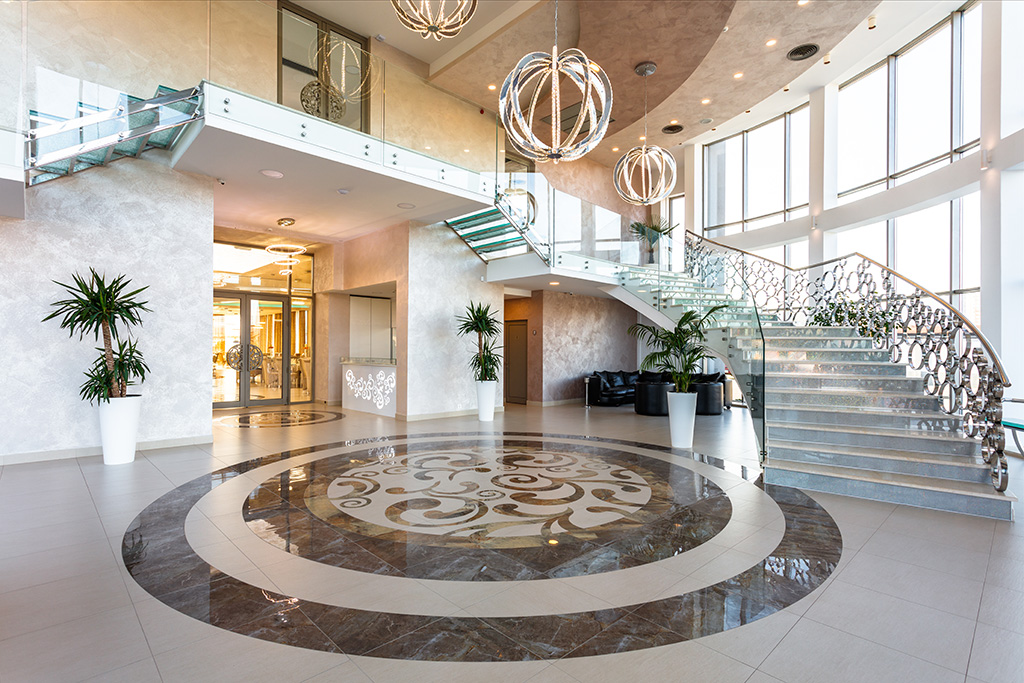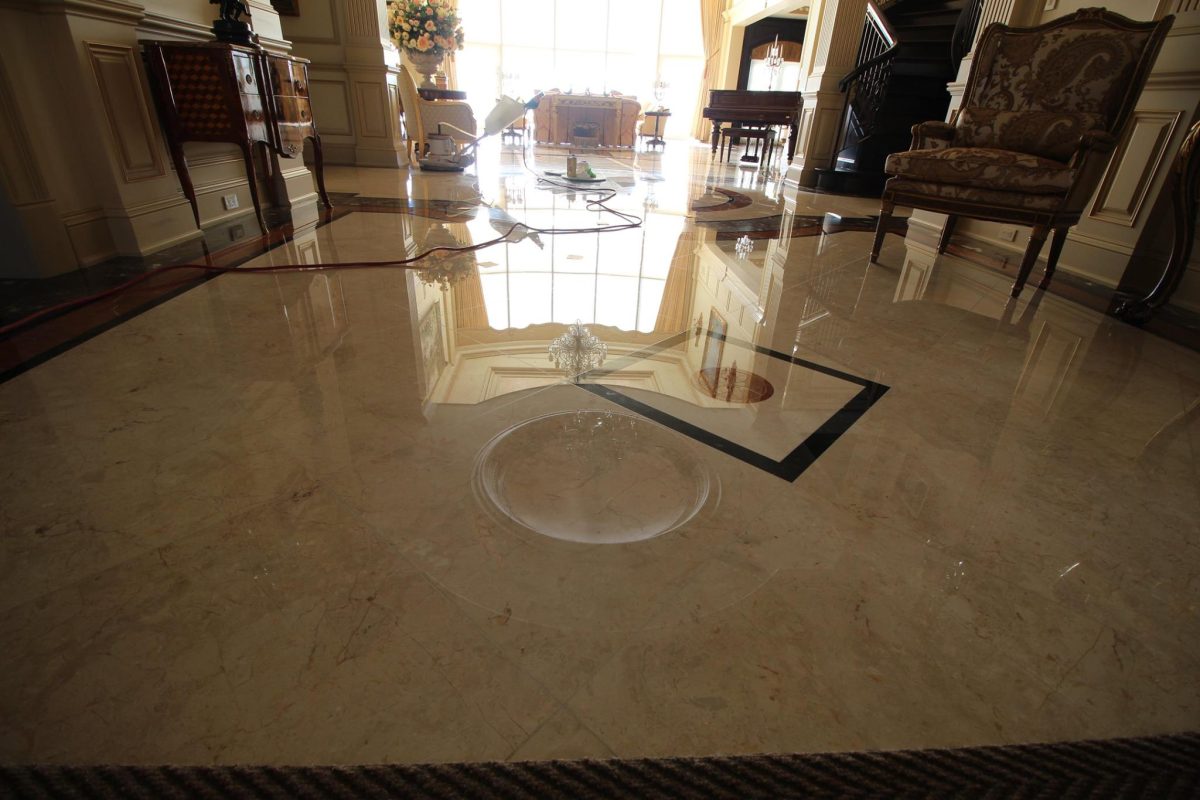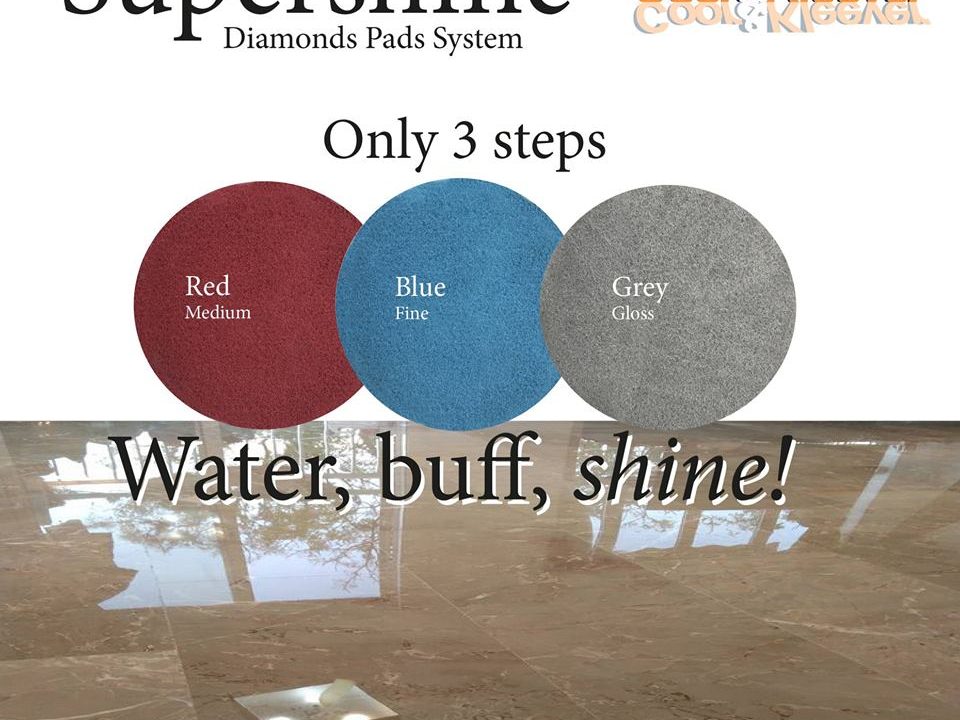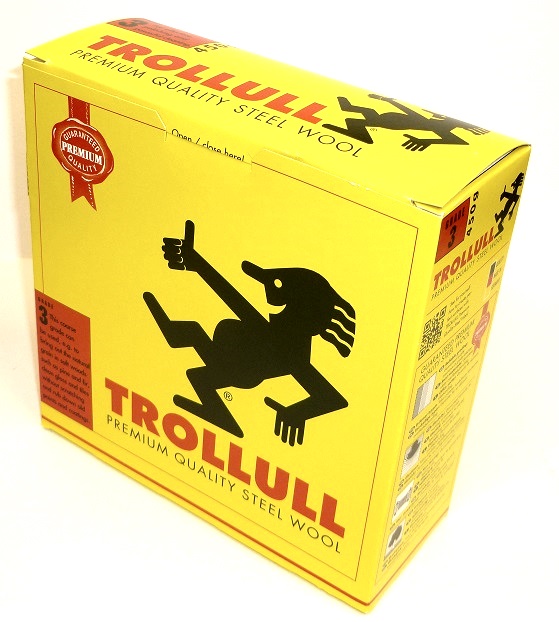How to Clean and Polish Terrazzo Floors: A Complete Guide
Terrazzo floors have made a major comeback in recent years. With their stunning mosaic-like appearance, durability, and timeless appeal, it’s no surprise that more and more homeowners and businesses are opting for this classic flooring option. However, to keep terrazzo looking its absolute best, proper care is essential. In this detailed how-to guide, we’ll walk you through the process of cleaning and polishing terrazzo floors, ensuring they remain in pristine condition for years to come.
Whether your terrazzo floor is brand new or decades old, regular maintenance is key to preserving its beauty and longevity.
What is Terrazzo?
Before diving into the cleaning and polishing process, it’s helpful to understand what terrazzo is. Terrazzo is a composite material consisting of chips of marble, quartz, granite, glass, or other suitable material, poured with a binder such as cement or epoxy resin. The surface is then ground and polished to a smooth finish, revealing the decorative aggregates within.
Because terrazzo contains natural stone, it requires similar care to marble or granite. Using the wrong products or techniques can damage the surface, so it’s crucial to follow best practices.

Step 1: Daily Cleaning Routine
Keeping your terrazzo floor clean on a day-to-day basis is the foundation of good maintenance. Dust, grit, and debris can act like sandpaper underfoot, dulling the polish and potentially scratching the surface over time.
Here’s how to tackle daily cleaning:
What You’ll Need:
- Soft-bristle broom or dry dust mop
- pH-neutral cleaner specifically formulated for stone or terrazzo
- Bucket and mop
- Microfibre cloth
Instructions:
- Dry sweep or dust mop the surface daily to remove dirt, dust, and particles. Avoid using vacuums with beater bars, as they may scratch the floor.
- Damp mop with a pH-neutral cleaner diluted as per the manufacturer’s instructions. Harsh or acidic cleaners can etch the terrazzo and ruin its polish.
- Rinse thoroughly with clean water to remove any residue. Detergent left behind can attract dirt and create a film on the surface.
- Dry with a microfibre cloth or allow to air dry naturally.
Tip: Never allow puddles or standing water to remain on the floor, as this can lead to staining or weakening of the binder in traditional cement-based terrazzo.
Step 2: Deeper Cleaning for Stains and Spills
Despite your best efforts, spills happen. Whether it’s red wine, coffee, or muddy footprints, prompt attention is critical to prevent staining.
Dealing with Spills:
- Blot up spills immediately using a soft cloth or paper towel.
- For sticky or stubborn stains, use a damp cloth with your neutral cleaner.
- Avoid abrasive scrubbers or scouring powders that can damage the surface.
- Oil-based stains may require a poultice, which you can make using baking soda and water (for light stains) or a commercial stone poultice.
Step 3: Polishing Terrazzo Floors
Now to the part that really brings your terrazzo back to life—polishing. Over time, even well-maintained floors can lose their lustre. A proper polish will restore that glossy finish and protect the floor from future wear and tear.
There are a couple of methods to polish terrazzo, depending on the condition of the floor and the desired result.
Option A: Using a Polishing Powder
This is a relatively simple process ideal for periodic touch-ups.
What You’ll Need:
- Terrazzo polishing powder
- Floor buffer with a white or red pad
- Water
- Microfibre mop
Instructions:
- Sprinkle a small amount of polishing powder over the floor.
- Mist lightly with water until a slurry forms.
- Use the buffer to work the slurry into the floor in circular motions.
- Continue polishing until the surface shines.
- Rinse the area thoroughly and dry with a clean mop or cloth.
Option B: Mechanical Polishing (Professional Finish)
For older or heavily worn floors, you may need to call in a professional or hire a mechanical polishing machine. This process involves using diamond-embedded pads to grind and polish the terrazzo in stages, from coarse to fine grit.
While time-consuming, mechanical polishing can restore even the dullest floors to a brilliant shine.
Step 4: Sealing the Surface
After cleaning and polishing, sealing your terrazzo floor is the final protective measure. A good sealant helps prevent staining and prolongs the effect of the polish.
What You’ll Need:
- Penetrating stone sealer or terrazzo-specific sealant
- Clean applicator (roller or mop)
- Soft cloth for buffing
Instructions:
- Ensure the floor is completely dry before applying sealant.
- Apply the sealant evenly across the surface.
- Allow it to penetrate for the recommended time, then buff off any excess.
- Leave the floor to cure fully before walking on it.
A sealed terrazzo floor is easier to clean, more resistant to stains, and stays polished longer.
Additional Tips for Maintaining Terrazzo
- Place mats at entrances to trap dirt and moisture.
- Use protective pads under furniture to avoid scratching.
- Avoid wax-based products, which can build up and attract dirt.
- Re-seal every 1–2 years, depending on traffic and usage.

Signing Off.
Terrazzo floors are an investment, and like any investment, they require care and attention. Fortunately, with the right approach, cleaning and polishing terrazzo is straightforward and rewarding. A well-maintained terrazzo floor not only looks beautiful but also lasts a lifetime—often outliving the building it’s installed in!
By following the steps in this guide, you can keep your terrazzo floors looking immaculate and gleaming, no matter how much foot traffic they see. Whether you’re doing a daily tidy or a full-scale polish, a little time and effort go a long way in preserving the elegance and durability of terrazzo.




